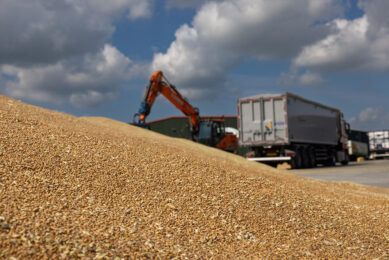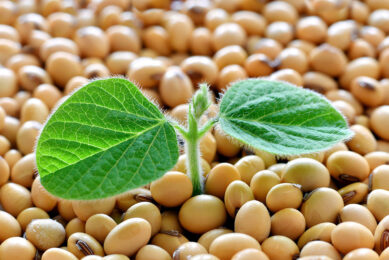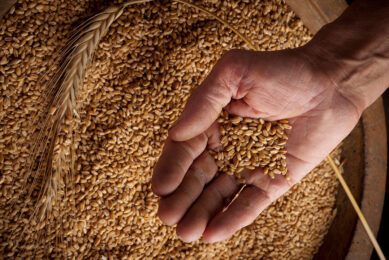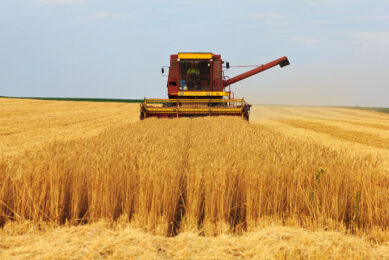The weather keeps grain market busy

Precipitation in periods of drought affects the state of the grain market worldwide. There is little stability in the transition from old to new harvest.
The grain market is very volatile, with prices sometimes fluctuating wildly. This is partly due to the July wheat, corn and soybean contracts on the Chicago futures market almost expiring. In addition, the weather conditions continue to play a major role. In Europe, especially in France, the upcoming grain harvest is looking really good.
Corn in USA
However, the weather for maize in the large production area of the United States, the ‘Corn Belt’, has only slightly improved after a period of severe drought. At the moment the point of attention in the US is the condition of the corn in the field. It seems to vary greatly from state to state. The important corn-producing state of Iowa, for example, has not received as much rain. In northern US, spring wheat is struggling with water shortages, despite recent rain. This has an effect on the condition of the grain. Canada is also suffering from a too low groundwater level.
Grain world awaits US soybean and corn acreage report
In fact, these weather influences do not give any reason for price decreases. However, the foreseeable growth in production is depressing. The grain world is eagerly awaiting the announcement of the US soybean and corn acreage on June 30. The general expectation is that the maize acreage will be up to 5.5% than was estimated in March. The acreage of soy is also estimated to be higher than in March, but not as drastic, up to 2%.
Russian wheat exports
In Russia, wheat export prices are falling due to the expected good harvest from the countries around the Black Sea. Market bureau Reuters foresees 5% growth in wheat exports from Russia, Kazakhstan and Ukraine in the coming season. Russian exports are given a boost by the new calculation of the export tax. This is determined weekly and is now increasing, but is considerably lower than during the previous scheme.












